Tips
Virtual Reality Sports Games: The New Frontier for Gamers
Step into VR sports games for true immersion, skill-building drills, social competition, and fitness benefits—plus gear and setup tips to transform your gaming routine today!
Advertisement
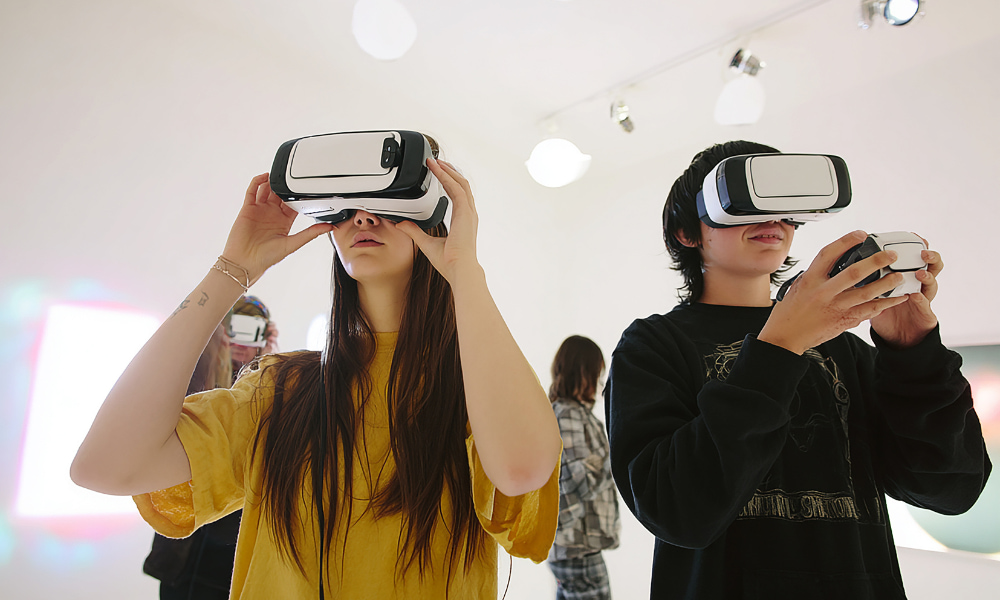
Imagine stepping into a stadium where the crowd’s energy feels real and every movement you make translates into the game. VR sports games bring that thrill home.
This approach isn’t limited to traditional athletes. It’s transforming the way casual gamers, fitness enthusiasts, and even families connect with competition and exercise right in their living rooms.
As you read ahead, prepare for specifics: tips, examples, and strategies you can use to maximize your own vr sports games experience from today onward.
Immersion Sets VR Sports Games Apart from Traditional Screens
Immersive gameplay shifts your entire perspective, changing how you strategize, physically move, and react compared to classic console sports titles. These moments redefine what gamers expect.
Picture lacing up digital gloves, feeling resistance as you “hit” a virtual ball, or pivoting your body to dodge, all while maintaining an intense focus that only vr sports games can deliver.
Building Presence: Why Embodiment Drives Performance
When you’re in the middle of a VR soccer match, you start sweating, adjusting your stance, and timing each kick. The world blurs, and your body becomes the controller.
This direct connection keeps reactions sharper than with button presses, making feedback immediate. Suddenly, your in-game habits mirror real sports rituals, improving both play and engagement.
It’s this unity—mind, body, and game—that helps enthusiasts capture skills faster. Try playing with full movement, noticing how quickly you adapt and learn with active muscle memory.
Replicating Real-World Skill Practice in VR
VR sports games allow users to rehearse complex moves without risk. For instance, training for a digital tennis serve mimics the form and rhythm you’d use on a real court.
Repeating these actions builds muscle memory. Gamers often murmur, “Okay, let’s reset and try a faster swing,” observing progress in both speed and accuracy on each pass.
Mixing daily VR sessions into your routine strengthens coordination much like ongoing practice in actual sports—leading to faster improvement, especially when tracking stats.
| Game Feature | Traditional Console | VR Sports Games | Recommended Action |
|---|---|---|---|
| Movement Control | Button-based | Full body tracking | Practice body mirror drills for faster adaptation |
| Sensory Feedback | Vibration only | Haptics, sound, 3D visuals | Set headset and haptic suit correctly for best experience |
| Competitive Modes | Local or online | Online, with voice and gesture | Join live tournaments for real pressure |
| Skill Development | Focused on button skill | Physical coordination and tactics | Schedule short, daily movement drills |
| Exercise Value | Low, mostly static | High, active movement | Wear fitness tracker, monitor calories burned |
Learning Movement and Technique in a Virtual Sports Setting
Adjusting your technique for vr sports games means blending traditional coaching with instant game feedback. Each round offers a unique combination of training and competition.
As you practice, timing and angles become obvious. For example, swinging your arm slower in a baseball sim can tweak the power, letting you fine-tune every aspect of your play.
Motion Tracking Tips for Reliable Progress
Keep the area around you clear, as sudden movement changes matter even more when using a VR headset. Obstructions can interrupt a session completely, breaking immersion.
Before every session, recalibrate your system for perfect accuracy. Someone might say, “Let me re-center real quick,” ensuring their swings or jumps count every time.
- Check for secure headset placement so the device doesn’t slip during intense movements and track your real motions accurately each session.
- Wear comfortable, fitted clothing to avoid glitches in motion tracking and promote unrestricted movement, letting in-game actions match your real-world gestures.
- Clear surrounding space with at least six feet in every direction, which prevents mishaps and sudden collisions while you focus entirely on competition.
- Set up boundary warnings on your system, prompting alerts before hitting obstacles, ensuring safe, worry-free play with confident, full-power moves.
- Update software and drivers, keeping tracking sensors at peak performance and avoiding irritating misreads that can ruin a game-winning streak.
Routine checks speed up skill-building by making session results repeatable, encouraging steady improvement rather than sporadic, frustrating progress.
Drills: Precision Techniques for Real-World Results
Use digital drills like shadow boxing mixed with real jabs to reinforce timing. Schedule daily sessions, alternating between practice and challenge rounds for faster learning.
Compare your metrics after each session. “I hit 12/15 throws,” signals specific feedback you can use to adjust stance and react immediately in the next round.
- Repeat a movement 20 times, marking which attempts feel smooth. Log details—speed, consistency, and power—tracking progress week to week on a leaderboard spreadsheet.
- Slow down after mistakes, identifying what felt off or awkward. Consistent correction produces results faster than chasing high scores right away in vr sports games.
- Set a timer for focus drills, rotating between left and right-side moves. Equal training eliminates weak sides, transforming your overall abilities for balanced gameplay.
- After every drill, replay the round and note how your avatar responds to faster or slower motions, then adjust your technique for the next match.
- End each session with a cool-down exercise, which reduces fatigue and helps you maintain a consistent performance level over multiple days.
Mixing guided drills and dynamic competition fuels long-term improvement, mirroring how real-life athletes grow stronger each week.
Training Smarter: Physical Benefits Beyond the Screen
Advanced VR sports games can double as genuine fitness tools, raising your heart rate, engaging new muscle groups, and sharpening reflexes through active play—not just quick thumbs.
Each game session provides the motivation of live scoreboards and competition, keeping fitness routines engaging and rewarding.
Gamifying Workouts With Real Rewards
When players get a high score in a VR cycling sim, they’re motivated to push for an extra lap. Achievements and unlocks feel like earning a badge in a real gym class.
Try adding a 30-minute VR tennis match to your regular workout. Watch for increased calories burned and improvements in cardio fitness after just a month.
Compare two VR boxing matches and reflect on your heart rate. Many players say, “That was more exhausting than an hour at the gym, but way more fun!”
Monitoring and Tracking Fitness Progress
Sync your VR headset with fitness trackers or in-app metrics. Log calories burned, movement frequency, and reaction times for each play session. Daily logs can motivate consistency in reaching personal goals.
Analyze your weekly score charts and physical stats together—noting patterns over time, such as faster recovery after strenuous games. Use these stats to set new, realistic targets.
Share charts with friends: “Look, that last rally boosted my step count by 4,000.” Socializing stats increases accountability, driving even better results each week.
Competing With Others: The Social Edge in VR Sports Games
VR sports games let you compete or team up with friends, rivals, and complete strangers—making every match a chance to test and improve your skills in unpredictable scenarios.
This social dimension energizes gameplay. You’ll spot actual fist pumps and hear satisfied laughter echoing after a closely fought race or tight penalty shootout.
Organizing Friendly Tournaments for Growth
Host a league night where friends drop by, set up headsets, and rotate through matches. Winner stays in, encouraging everyone to refine their skills—building team rapport and local rivalries.
Keep a visible bracket or leaderboard. “You knocked me out by that one goal,” sparks conversation, motivating players to sharpen tactics for the next meet-up.
Use recorded replays for post-match analysis, trading tips live: “Move your foot like this next time.” That comradery and competition lead to exponential skill gains over solo play.
Blending Communication and Tactics in-Team
During a VR basketball session, coordinate defensive moves with real-time calls—pointing, waving, or signaling. Reactions speed up, creating unplanned, natural team strategies.
After each quarter, teammates huddle in digital rooms, echoing real post-game banter. “Let’s focus on passing next round.” This level of interaction makes collaboration contagious.
Apply in-chat feedback instantly. “Switch sides now!” delivered through a headset, primes players to react without delay, mirroring high-paced, live action.
Personalizing Play: Gear, Settings, and Space Optimization
Customized settings transform good vr sports games into great ones. Even minor tweaks—like headset positioning and accessory selection—can boost comfort, responsiveness, and immersion for everyone at home.
Addressing space and gear in advance ensures each workout or match feels seamless, enjoyable, and frustration-free—maximizing session length and fun factor.
Adjusting Controls and Visual Settings for Precision
Fine-tune dead zones and sensitivity sliders so your quickest wrist flick or side-step translates accurately. “That’s more like my real swing,” is music to every enthusiast’s ears.
Brighten visual settings for clarity in fast sports—minimizing motion blur can make the difference between scoring a goal or missing the shot of the game.
Set camera angles to match your ideal playing height. “Move me up an inch,” aligns your digital avatar, reducing awkward posture and maintaining flow during competitive streaks.
Choosing and Setting Up Essential Accessories
Pick lightweight headsets and sweat-resistant grips for long sessions. Adding wrist weights or padded foot pads can increase resistance and mimic real-world equipment even closer.
Place fans nearby to manage heat, mirroring a well-ventilated gym—the physical edge matters when competing during summer or after several back-to-back matches.
Charge all controllers and headsets before play, removing low-battery interruptions. Players say, “I never slip anymore now that I pre-check everything beforehand.” Consistent gear care prevents mid-match letdowns.
Future Trends and Innovations Transforming the Genre
VR sports games are already evolving, with next-gen gear and smarter software offering new ways to play, train, and compete—inspiring diverse communities far beyond hardcore gamers.
Tracking improvements, adaptive environments, and AI-driven coaches are powering uniquely rich, ever-changing experiences for athletes and casual users alike.
Expanding Game Worlds With AI and Live Physics
Advanced AI lets games anticipate your habits, suggesting routes mid-race or adjusting volleyball serves to reflect your height and timing. These micro-adjustments fuel a deeper sense of realism.
Physics engines now simulate weather, surface friction, and even sweat. Imagine volleyballs that skip on virtual wet courts, demanding quick adaptive tactics mid-game.
Soon, routines like, “Let’s try a rainy match to practice sliding stops,” will become commonplace, enriching both competitiveness and replay value for all players.
Cross-Platform Matchmaking and Accessibility Gains
VR sports games now connect users on multiple devices and platforms in shared leagues—more inclusive than ever, regardless of hardware or player abilities.
Enhanced graphical modes cater to various physical needs, with settings for different heights, left/right hand dominance, or limited movement, opening the field to anyone interested.
A parent guiding a child, “Now swing over your head like this,” becomes a shared moment instead of solo play—a testament to the social power of virtual sports games.
Why VR Sports Games Represent the Next Chapter in Gaming
VR sports games bring immersive, physical action to users of all abilities and backgrounds, combining competitive excitement, real fitness benefits, and futuristic social play in one accessible package.
Reliable motion tracking and instant feedback create an almost athletic challenge, not just a simulation. Every match, workout, or team event turns gaming into an active part of your daily life.
When you play, learn, and improve together, the boundaries between gaming and live sports fade. Step into a new era: your living room becomes the stadium, and every day is game day.
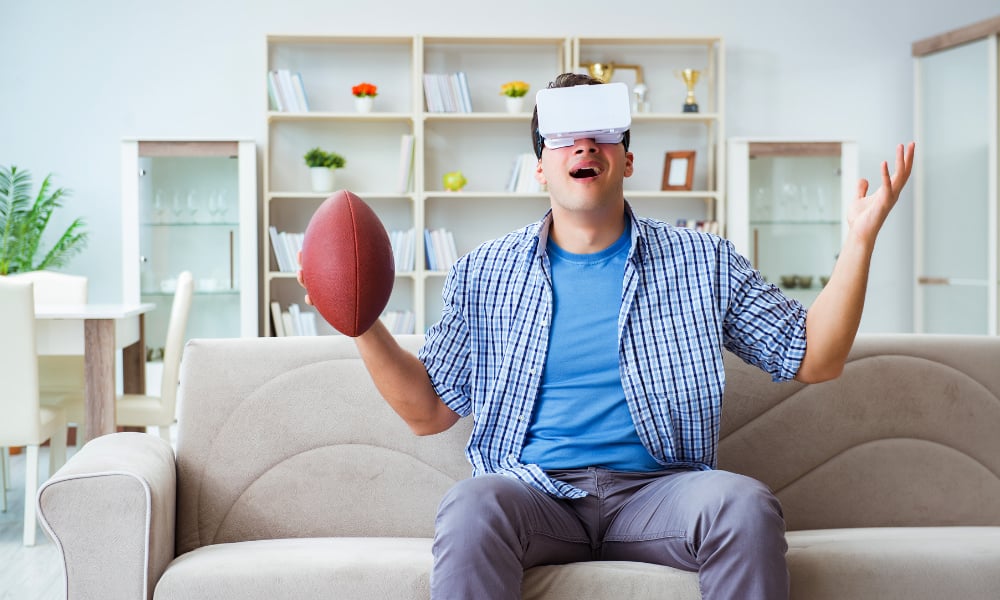
Immersive Experience in VR Football Games
Boost your VR football game experience with tips on calibration, tactics, and training for better realism and improved gameplay.
Trending Topics
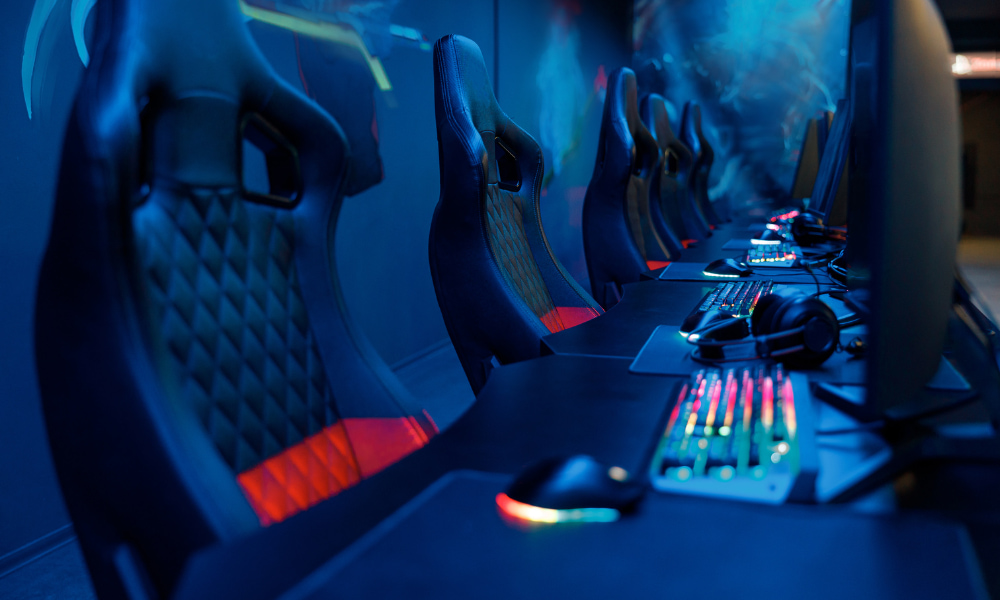
How eSports is Changing the Global Advertising Market
eSports advertising evolves with interactive campaigns, in-game rewards, and authentic streamer partnerships that engage global gamers.
Keep Reading
The Best Mobile Games to Play Offline Anytime
Discover reliable offline mobile games for uninterrupted fun, whether commuting or traveling. Enjoy smooth gameplay, no internet needed.
Keep Reading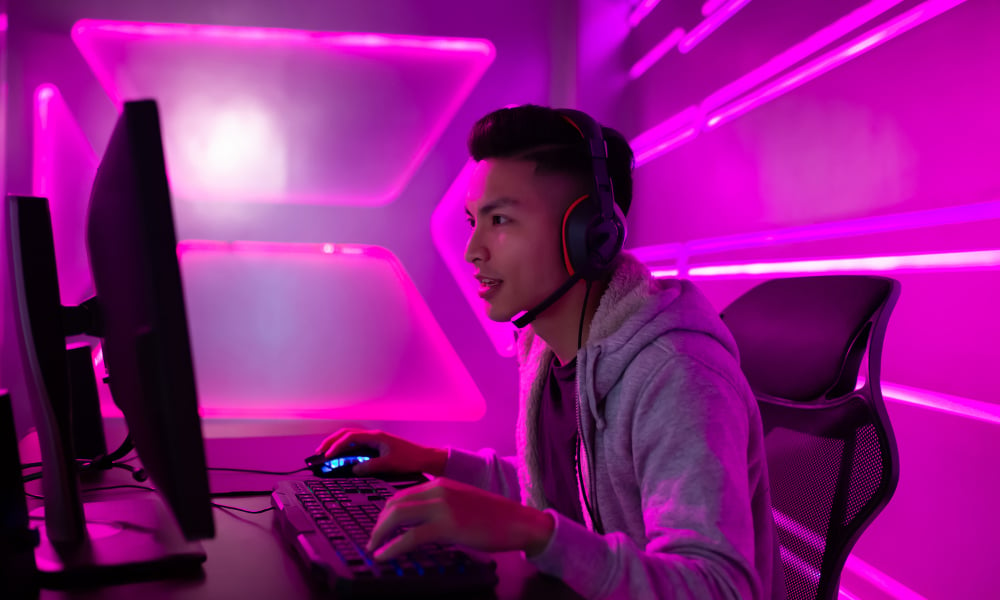
Tips for Choosing the Best Open-World Game for You
Find the perfect open world game for your playstyle with tips on exploration, progression systems, accessibility, and immersive features for mobile gaming.
Keep ReadingYou may also like
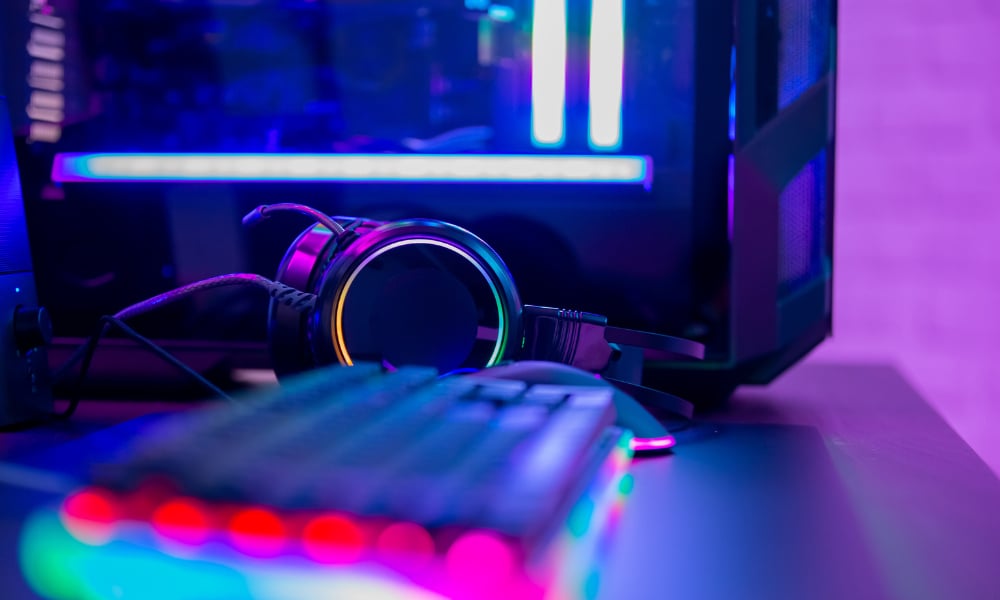
The Ultimate Guide to Starting a Career in eSports
Building an eSports career requires setting clear priorities, refining skills, and engaging with the community for long-term success.
Keep Reading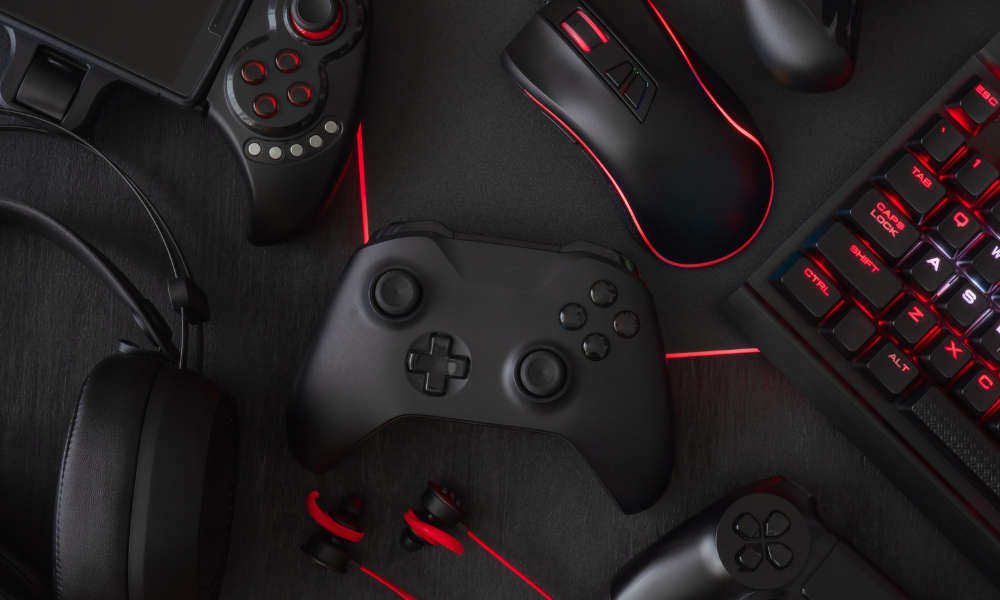
Tips to Improve Your Coordination and Reflexes in Action Games
Improve your coordination and reflexes in action games with these drills, tips, and techniques for faster, sharper gameplay.
Keep Reading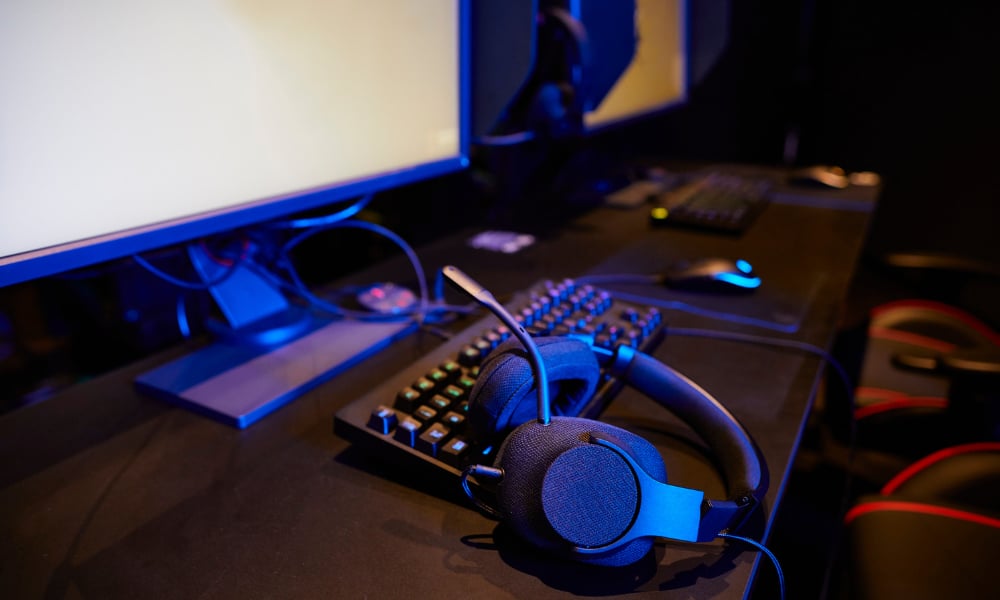
The Evolution of eSports: From Hobby to Global Profession
From LAN roots to mobile arenas, the evolution of eSports blends passion, skill, and tech—turning gaming into global opportunity.
Keep Reading